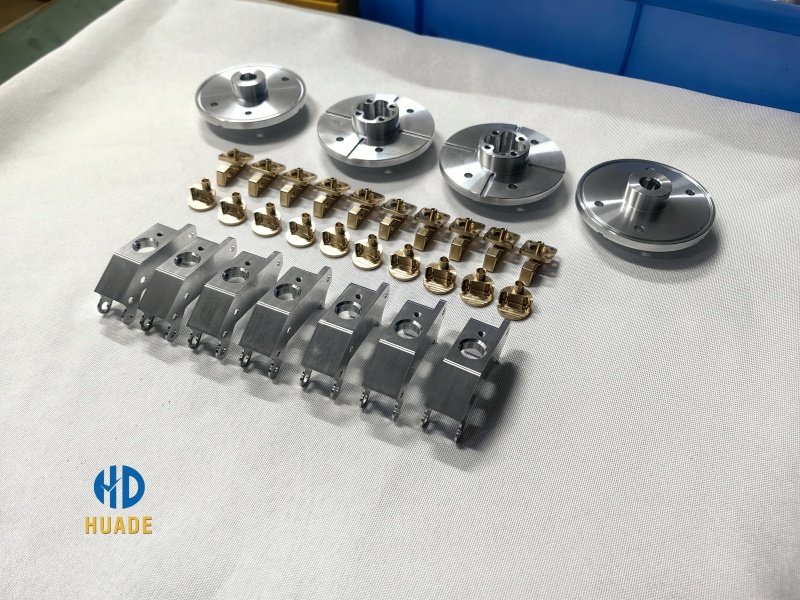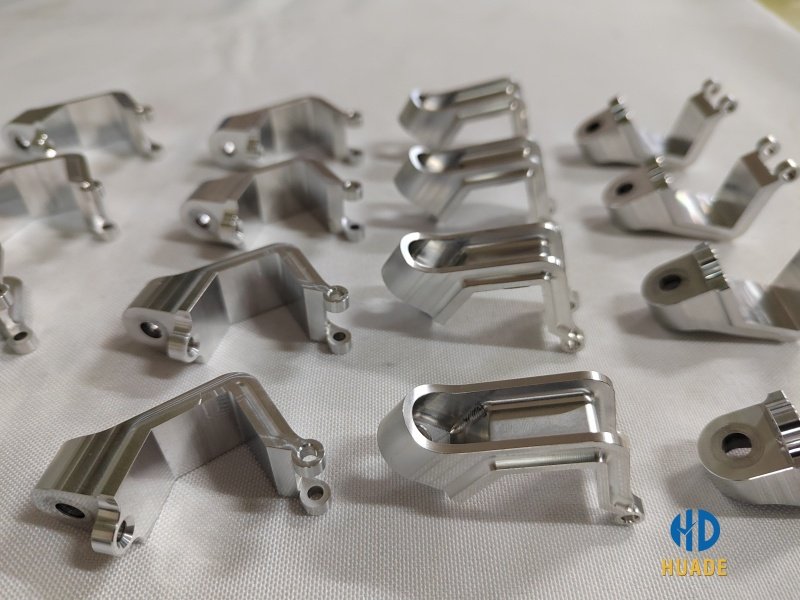Table of Contents
The fusion of robotics and human physiology is no longer science fiction. Robotic body parts—from neural-controlled prosthetics to industrial exoskeletons—are redefining how people move, work, and heal. These next-generation systems combine precision mechanics, advanced sensors, and intelligent software to create extensions of the human body that feel increasingly natural.
Mind–Machine Synergy: From Thought to Motion
Breakthrough brain–computer interfaces (BCIs) now let users control artificial limbs with pure thought. Instead of relying on muscle signals, electrodes detect neural impulses in real time:
- True Neural Integration – Electrodes capture and decode brain signals so users can flex a robotic finger simply by thinking about it.
- Instant Usability – Advanced algorithms minimize training time, allowing immediate movement after installation.
- Sensory Feedback – Closed-loop designs route signals back to the nervous system, giving wearers the ability to “feel” pressure or texture through their prosthetic hands.

Soft Robotics: The Biomechanical Revolution
Traditional rigid frames can’t easily mimic biological motion. Soft robotics, built from flexible elastomers and shape-memory alloys, provides lifelike movement:
- Synergy-Based Design – Inspired by natural hand coordination, single neural commands can trigger complex multi-finger gestures.
- Corrosion-Resistant Materials – Aluminum–titanium composites withstand moisture and salt, crucial for underwater or medical environments.
- Embedded Intelligence – Micro-sensors allow robotic body parts to self-adjust grip force, reducing the risk of accidental damage.
Robotics Parts for Sale: A Growing Marketplace
The global demand for robotics parts for sale spans healthcare, research, and industrial automation. Designers and engineers seek high-precision components that meet exact tolerances and integrate seamlessly into new or existing systems. Popular categories include:
- Medical & Augmentation – Ultra-fine joints with ≤0.01 mm tolerances for prosthetic articulation; patient-specific end-effectors with integrated sensors.
- Industrial Automation – High-load actuators and servo motors capable of continuous operation; sensor-ready frames with pre-machined slots for LiDAR or force-feedback modules.
To help visualize the technical differences between medical bionics and industrial drone applications, consider the following comparison:
| Capability | Medical Bionics | Industrial Drone & Robotics Parts |
|---|---|---|
| Material Science | Medical-grade titanium and lightweight alloys | Corrosion-resistant polymers and aluminum-titanium composites |
| Rapid Prototyping | Custom joint and socket fabrication | CNC-machined brackets and lightweight frames |
| Validation | Biocompatibility and patient safety testing | Environmental stress tests for vibration, dust, and temperature |
| Legacy Support | Retrofit kits for long-term prosthetic maintenance | Adapter plates and replacement Autel drone components |
This table highlights how different sectors demand distinct materials, testing methods, and support strategies—key information when sourcing robotics parts globally.
Autel Robotics Parts: Reliability in the Air
Commercial drones are another arena where precision components determine performance. Autel robotics parts—used in popular EVO II drones—demonstrate how specialized hardware extends service life and mission reliability:
- Critical Wear Items – Low-noise propellers, ND filters for glare reduction, and intelligent batteries with cycle-count analytics.
- Failure-Prevention Kits – Gimbal guards to block dust and debris, plus specialized lighting for low-visibility inspections.
Pilots and industrial inspectors alike rely on these parts to keep aerial systems safe and fully functional across demanding environments.

Ethics, Access, and the Road Ahead
As robotic body parts become more capable, important questions arise:
- Security – Encrypted control modules are essential to prevent interception of neural data.
- Accessibility – Researchers are exploring cost-effective myoelectric joints to make advanced prosthetics available to all.
- Humanity First – Enhancements should augment human ability rather than replace human identity.
“The question is not whether intelligent machines can have any emotions, but whether machines can be intelligent without any emotions.” — Marvin Minsky, AI pioneer
This quote reminds us that the evolution of robotics is as much about ethics and empathy as it is about mechanics and code.
Partner with Proven Precision
From aerospace-grade aluminum machining to custom drone components, HDProto supports innovators in medical bionics and industrial automation with rapid prototyping and precision manufacturing.
Contact sales@hdproto.com or visit www.hdproto.com to explore how expertly crafted components can power your next robotic breakthrough.
💬 Ready to discuss your CNC project?
Fill out the form below and our engineering team will get back to you within 24 hours.
